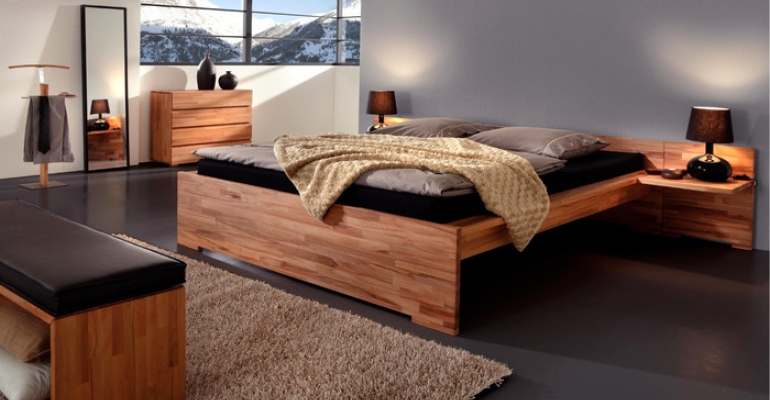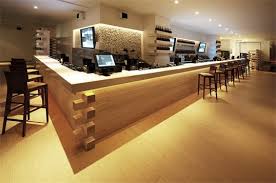Benefit, Strength, Beauty
 Even in the first century BC, the ancient Roman architect Virtuvius formulated these simple rules, expressed in just three words – benefit, strength, beauty. It is these three concepts that are the basis of all architecture, both ancient and modern. For interior design, which is inextricably linked with architecture, they are also crucial.
Even in the first century BC, the ancient Roman architect Virtuvius formulated these simple rules, expressed in just three words – benefit, strength, beauty. It is these three concepts that are the basis of all architecture, both ancient and modern. For interior design, which is inextricably linked with architecture, they are also crucial.
What is so important in these words that are familiar to everyone? These three words, or rather their sequence, are the most important rules for the design of interior design. Their sequence unambiguously indicates what is of primary importance and what is secondary in design.
Benefit.
Initially, to create any object or interior you need a reason, purpose. The modern word for this concept is a function.
A residential interior is created in order to live in it – sleep, eat, relax, socialize, raise children and more. The interior of the office is created in order to work. The interior of the cafe, restaurant – for eating. This is the function of the room. And this function is actually the goal and the reason for creating the interior, so the room should maximize its function.
In modern conditions, when each square meter costs a certain amount of money, another concept has appeared – usable area. It is especially true for small apartments, where it is necessary to use every square meter of space with maximum benefit. The space should not “disappear”, remain idle. Even if it is just a corridor connecting rooms, it has its own function, and it should be performed without interference.
3 Ergonomics standards are used to create the most convenient, functional and useful space. In everyday understanding, they come down to the sizes of the main household items and the distances between them, in which a person can freely act, move, and realize the function of the room. For example, the seat height of a chair or stool, convenient for the average person, is 45-50 cm, and the height of the desk is 75 cm. This means that a chair or table will become uncomfortable if its size differs greatly from this figure. Ergonomics can vary quite significantly depending on the geographical location. For example, in the Scandinavian countries the growth of the average person is much higher than in the Asian countries. Accordingly, the sizes of objects convenient to Scandinavian and Asian can vary greatly. In addition, it is important to remember that these norms are not something rigid, unchanged. They are designed to optimize human activity, to help understand how a person will be as comfortable as possible, without checking everything empirically.
Strength.
After the function of the room, its purpose, convenience and ergonomics are solved, the question of strength arises. This is a very broad concept, which includes not only the stability of the structure (walls, floors), but also safety in use, and a certain degree of durability.
The stability of the room structure can hardly be overestimated; in fact, it is widely believed that such strength is even more important than the benefits of the room. This is a moot point, since a room that does not have a purpose or functional purpose is not useful, it simply is not needed, no matter how durable it is.
4 Sustainability is more a category of architecture than interior design, but cannot be left unaccounted for when redeveloping premises. The same goes for safety in use. Numerous regulations regulate the safety of architecture and interiors – fire safety, environmental friendliness, hygiene. Appropriate authorities control the work of designers, not allowing to create life-threatening situations. Sometimes it may seem that these standards are too strict and there is no other reason to fulfill them, except for the threat of being fined by the appropriate authority. But this impression is erroneous. As one driver said, “Traffic rules are written in blood.” In relation to the norms of construction, this may be a too strong statement, but nevertheless I recommend to pay attention to them, in order to avoid risk to myself and my loved ones.
Actually, ergonomics are also directly related to safety, since objects that are inconvenient to use can cause significant harm to human health. An inconveniently opening door can strike at the most inopportune moment, easily bang your head on an uncomfortable hanging shelf, and so on.
Beauty.
And finally, the last rule of interior design is beauty, decorativeness, and harmony of appearance. The value of this criterion, as a rule, is overestimated, because the first thing a person notices when entering a room is precisely the appearance of the room, and not its convenience or safety. This gave rise to a universal attitude in the modern world towards the profession of designer.




